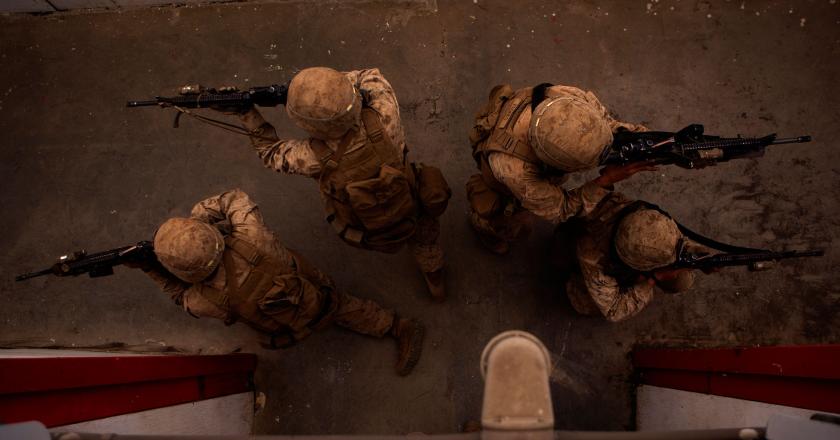
A statistical approach describes and predicts chains of related conflict events—such as wars—in time and space. Using data on violent battles in Africa between 1997 and 2019 from the Armed Conflict Event & Location Data Project, Niraj Kushwaha and Edward D. Lee used statistical methods—similar to those used to study the propagation of stress in materials and neural activity in the brain—to find patterns in conflict. The authors divide the landscape into a grid of cells. Next, the authors divide time into a series of sequential slices or “bins”. Then, by determining the presence or absence of battles in each cell for each bin, the authors can predict when and where new battles will occur, by constructing clusters of conflict events called “conflict avalanches.”
Their method reveals a “mesoscale”—a time scale of weeks to months and a spatial scale of tens to hundreds of kilometers—where the statistical reliability of conflict predictions is highest. The findings hint at the potential existence of causal mechanisms propelling violence at these scales. For instance, the spread of violence instigated by Boko Haram in northeastern Nigeria rippled out into other parts of Nigeria and western Chad because battles displaced people, bringing new actors into conflict, and because the violence distracted and weakened the state. Regardless of the specific underlying causes, the spread of this conflict conforms to identifiable statistical patterns.
Kushwaha and Lee’s approach could help identify clusters of causally connected conflict, discern connections between seemingly unrelated conflicts, and predict the future reach and location of early stage emerging conflicts, providing valuable insights for those aiming to thwart conflict propagation, according to the authors.

